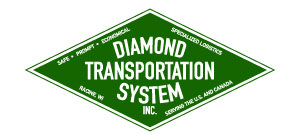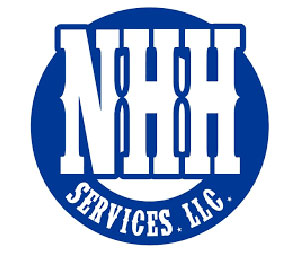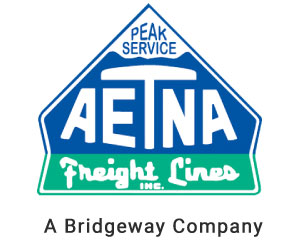What Kind of Trailer Do You Need to Haul Excavators?
On American highways, the weight of a load is not the only thing to be considered. The dimensions for the height and width are also critical. The limit is 8-1/2 feet for the width, and the height is 8-1/2 feet tall while on the trailer.
Loading an excavator on a trailer that is 8-1/2 feet or less can go on a flatbed trailer, saving on the excavator shipping cost. If the height is over 8-1/2 feet, then a removable gooseneck (RGN) or step deck trailer is required.
The Differences in Trailers
There are many clearances that truck drivers must take substantial notice of and caution. Too many drivers have ignored or missed the height clearance signs under overpasses and structures they must go under, like tunnels or other clearance signs.
Everything is strategically measured, from street lights to electrical lines that cross the roadways. When measuring a load, the driver must measure from the ground up to the top of the shipment. This is why there are different types of trailers to haul oversized and awkward loads.
The Flatbed Trailer
A flatbed trailer is ideal for any equipment less than 8-1/2 feet in height. The flatbed trailer is already about four feet from the ground to the flat area of the trailer. Adding the extra height puts it close to most of the low overheads on the highways, like street lights or electric and telephone lines.
There are yellow signs with clearances for truck drivers to take notice. Most clearances are 14 feet or more. Some are not. It is safe to measure from the ground to the top of the load and add another two feet for safety reasons.
There are different sizes of excavators, and the smaller ones are safe to load on flatbeds. Those that are bigger are pushing the limits and should never be considered.
Step Deck Trailers
These trailers are made of equipment that is both wide and tall. Unlike flatbeds, which are the same height from the ground from the front to the back of the trailer, the step deck trailers drop down almost to the road, at least a couple of feet after the front part of the trailer.
The medium-sized and tall equipment will fit in the step deck portion of the trailer to expand the clearance space under overpasses and other low-lying areas.
Removable Gooseneck Trailers
The RGN is designed for the oversized and heaviest loads that are awkward to ship on the highways. These trailers are also low-riding trailers, but they have more clearance than flatbed and step-deck trailers. It is the last resort for highway hauling. If it cannot go on this trailer, it is too big to be on the road. Most excavators can go on the step-deck trailers, but the oversized ones must go on the RGN Trailer.
The truck that hauls an RGN trailer must always have an escort in front or back. The escort in front will have an antenna-like device that measures the clearance. If the front escort cannot pass with the measurement, then the truck and loaded-down trailer must not pass through.
Some carriers will have the State Police or DOT escort them along the highways. Some states have different laws concerning this, so it is up to the carrier company to keep up with them if they are going across state borders.
Those that have the escort in the back of the truck and trailer are there for safety purposes to keep people from passing or following too close. These precautions are professional and top-of-the-line service to ensure the load gets from point A to point B.
Osage Specialized Transport for Heavy Hauling
Contact us if your company needs to haul excavators or construction equipment. The safe destination of your construction equipment, including excavator transport, is our number one priority. Our shipping company is licensed and insured.
Reader interactions
One Reply to “What Kind of Trailer Do You Need to Haul Excavators?”
Comments are closed.
















[…] the sheer size and weight of the machinery involved, safety is one of the most important issues in heavy haul trucking. It is also required to secure the necessary permits from each of the states that will be crossed […]